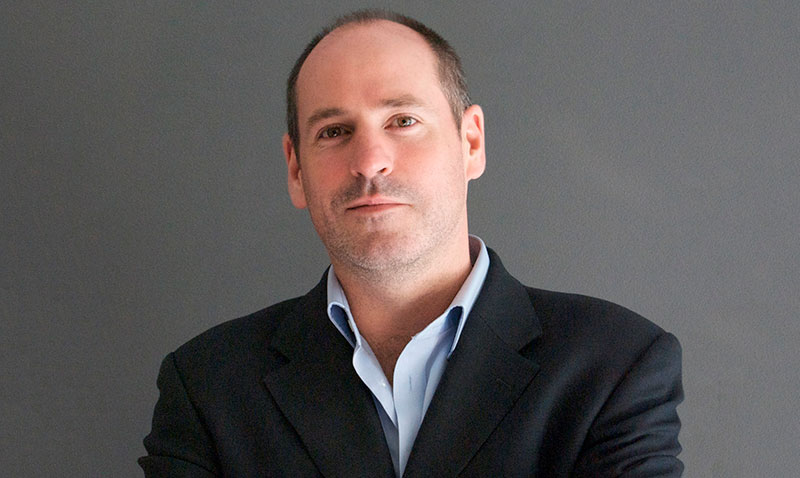Richard Spencer, the Sydney-based head of digital at leading APAC media intelligence company Isentia, penned this opinion piece for M+AD, about Facebook Live: Live video is a powerful way for marketers to interact with their audience. It is well and truly on the rise; by 2020, it is estimated that 75% of the world’s mobile traffic will be video.
Add to the mix recent news that Facebook has paid 140 celebrities $50 million to use Facebook Live and it’s a whole new ball game. Highly-incentivised content generally equates to really great content; meaning the likes of Snapchat,
YouTube and Periscope are in the sights of live streaming’s rookie. We may have just entered the future of live television. Except, Facebook Live comes with the point of difference – it doesn’t actually need to be viewed in real time.
This means content is available for playback at any place, anytime, leaving marketers pondering whether every video should be broadcast through this feature.
With over one billion users visiting Facebook daily, the potential benefits are enormous. Tastemade and its strangely fascinating footage is a great example. It brings 88 million people together monthly from all parts of the globe to share their passion for food and travel, and prides itself on being the first 100% digital food and travel lifestyle network.
Similarly, Grazia UK demonstrated how to keep magazines relevant by documenting a behind-the-scenes look at pulling together their June issue via Facebook Live – digiday.com/publishers/grazia-jumps-facebook-live-video-feet.
Active involvement
This gave readers the chance to be actively involved in shaping the issue, making comments on content, voting on the final cover shot and possible by-line for up-and- coming writers. Not only does this appeal to their fans but expands their reach to friends of friends provides the chance to make use of other Facebook tools like plug-ins, live chats and polls.
This approach is a brilliant example of bringing print magazines into the digital age in a relevant way. When carefully executed and underpinned by strategy, the potential impact is incredible.
But, what happens when Facebook Live zooms in on the lives of ordinary people? Almost 100 million people laughed along recently as Candace Payne flipped out over her new Chewbacca mask. The Star Wars fan video is now the most viral in Facebook Live’s history. It’s no secret the world can be cruel.
Imagine then, if the response to another video shot from the safety of an iPhone wasn’t so kind?
Isis on Facebook Live?
With Facebook bullying already an alarming issue, imagine an audience spurred on by the instant, seemingly tangible responses to their harmful taunts? What if Isis extremists discover the platform is a great way to stream their propaganda? Or the mentally unstable see live streaming as an opportunity to achieve notoriety during an act of violence?
We are still reeling over the shooting of a journalist and her cameraman during a live television broadcast in Virginia less than a year ago. How will Facebook censor the 100 million hours of video streamed to over a billion newsfeeds daily?
Facebook Live is an excellent tool for marketers, but be wary; it may not be good for everyone. Like all new marketing tools, companies must take a considered approach and only use them where relevant and in context – and importantly, in ways that can’t be taken out of context.
In a nutshell, think before you record. In the meantime, expect to see a rise in the number of Facebook ads in your side bar.
Share this Post



